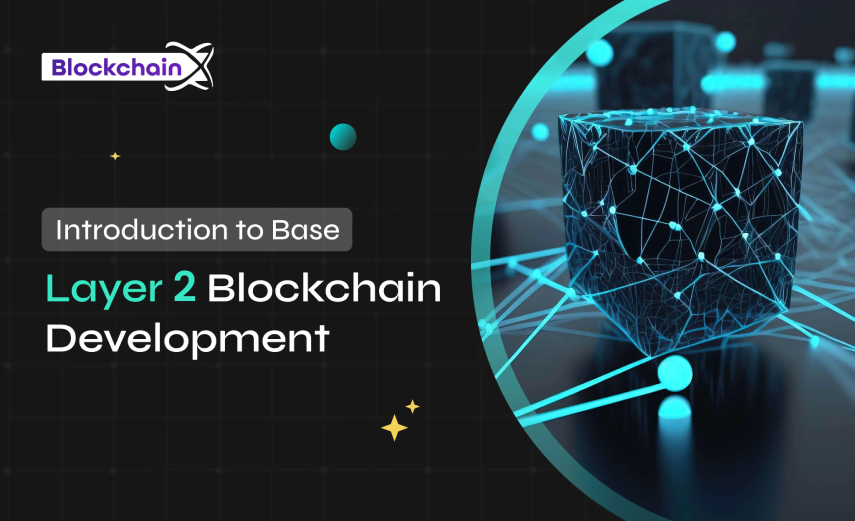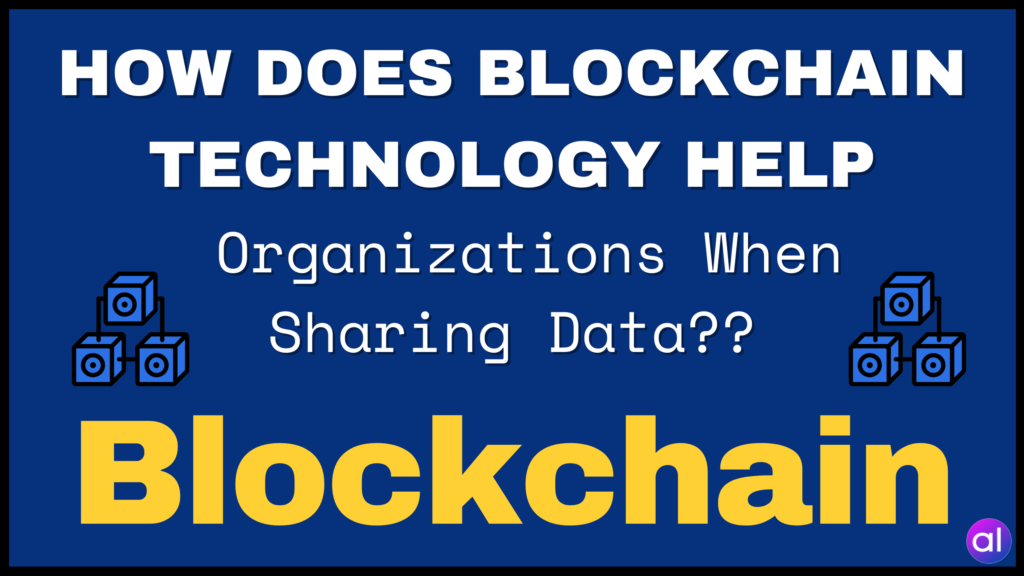
The landscape of digital wealth, decentralized applications, and online trust has been revolutionized by platforms like Ethereum, Bitcoin, and other Layer 1 blockchains. However, transaction scalability remains a challenge for many businesses. The ability to handle a growing number of transactions per second without significantly increasing costs or compromising security is crucial.
To address these scalability issues, Layer 2 solutions must maintain the security commitments of the underlying Layer 1. Developing your own Layer 2 solution allows you to tailor a customized and efficient solution that aligns with the specific needs of your project or business objectives. Here is a comprehensive guide to assist you with Base Blockchain Development.
The initial step in Base Layer 2 Blockchain Development involves selecting the right tools for the job. Choosing your programming languages, node architecture, and scalability strategy sets the technological foundation for your solution. Understanding the challenges and trade-offs associated with these decisions is vital for a successful implementation.
Choose Your Layer 1: Ethereum is a popular choice for Layer 2, but other options exist based on factors like development community, tooling, long-term roadmap, target audience, and transaction speed requirements.
Rollups
Rollups involve aggregating numerous off-chain transactions, computing the result, and then sending a condensed version back to Layer 1 for validation and finalization. ZK-Rollups and Optimistic Rollups are two common variants with varying trade-offs between speed and security.
State Channels
State channels establish off-chain communication channels between parties to minimize on-chain traffic, making them ideal for high-frequency interactions such as gaming.
Sidechains
Sidechains are independent blockchains loosely connected to the main chain and often employ unique consensus mechanisms, although they may not offer the same level of security as other Layer 2 solutions.
Plasma
Plasma is a system that enables advanced off-chain computations using nested sidechains with fraud proofs.
Consensus Mechanism and Tokenomics
The choice of consensus mechanism in your Layer 2 solution impacts security and decentralization. Consider whether a native token will be used for governance, rewards, or staking purposes.
Creation and Implementation
Depending on your chosen technology stack for Base Blockchain Development, you will need skilled blockchain engineers proficient in languages like Solidity or Rust. Thorough security audits and testing are essential before deployment.
While custom Layer 2 solutions come with inherent risks, they also offer potential rewards. It is crucial to carefully assess the value proposition against the technological complexity, ecosystem implications, and long-term maintenance requirements to make an informed decision for your company.
A Compelling Value Proposition
Consider what unique advantages your Layer 2 solution offers over existing options and whether it aligns with your business goals. Evaluate whether the benefits are primarily technical (faster speed, lower costs) or if they introduce new features to support your objectives.
Security Vs. Speed Trade-Off
Balancing security and speed is essential in Layer 2 development, as different scaling strategies may prioritize efficiency over decentralization. Determine the level of security required based on the nature of your applications.
Ecosystem Integration
Seamless integration with popular wallets, dApps, and developer tools is critical for adoption. Ensure that your Layer 2 solution does not pose usability challenges for users or developers.
The Long-Term Perspective
Consider factors like managing updates, competition, and ongoing maintenance costs to ensure the sustainability and competitiveness of your Layer 2 solution in the evolving blockchain landscape.
A Note on Technical Implementation
Pay attention to key aspects like scaling approach, smart contract development, node architecture, bridges, interoperability, extensive testing, and security audits to ensure the robustness and reliability of your Layer 2 blockchain.
Building a custom Layer 2 solution is a significant undertaking that requires careful consideration of various factors. Assess whether existing solutions meet your needs, evaluate your technical capabilities, and weigh the costs and benefits of developing a bespoke solution that aligns with your business objectives.
The rapidly evolving Base Blockchain Development space offers opportunities for innovation and efficiency. Whether you opt for existing platforms or embark on custom development, staying abreast of the latest advancements in Layer 2 technology will be crucial for success in the Web3 era.



